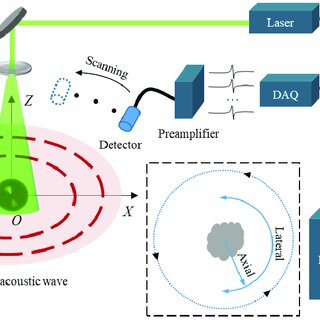In the dynamic landscape of modern manufacturing, innovations that enhance efficiency and elevate product quality are always in high demand. UV curing systems have emerged as a revolutionary technology, casting a transformative glow on production processes across diverse industries. In this blog, we delve into the fascinating world of UV curing systems, exploring their mechanisms, applications, and the profound impact they’ve had on reshaping manufacturing standards.
Understanding UV Curing Systems: UV curing systems harness the power of ultraviolet (UV) light to initiate a rapid photochemical reaction, leading to the instantaneous curing or drying of coatings, inks, and adhesives. This swift curing process stands in stark contrast to traditional methods, offering manufacturers a competitive edge by significantly reducing production times. Key components of a UV curing system include a UV light source, a curing chamber, and specially formulated materials that respond to UV light.
Applications Across Industries: The versatility of UV curing systems positions them as indispensable tools in various sectors:
- Printing and Packaging: UV curing systems have revolutionized the printing industry by enabling instant drying of inks and coatings on diverse substrates. This not only enhances print quality but also accelerates production cycles, meeting the demands of fast-paced printing environments.
- Electronics Manufacturing: In the realm of electronics, UV curing systems play a pivotal role in bonding and encapsulating components. The rapid curing ensures the integrity of electronic assemblies while contributing to the overall reliability and longevity of electronic devices.
- Automotive Excellence: Automotive manufacturers leverage UV curing systems for bonding and coating applications. The technology ensures efficient curing of adhesives and coatings, leading to durable and high-quality finishes on various automotive components.
- Medical Advancements: UV curing is a preferred method in the medical device industry for assembling and bonding applications. The quick curing process ensures a sterile and secure bond, aligning with the stringent quality and safety standards of the medical sector.
Advantages of UV Curing Systems: The adoption of UV curing systems brings forth a myriad of advantages for manufacturers:
- Speed and Efficiency: UV curing systems significantly reduce curing times, allowing for faster production cycles and increased throughput.
- Enhanced Product Quality: The instantaneous curing results in superior product quality, with attributes such as improved durability, scratch resistance, and consistent coloration.
- Environmental Friendliness: UV curing systems contribute to a greener manufacturing environment by eliminating the need for solvents and reducing volatile organic compound (VOC) emissions.
